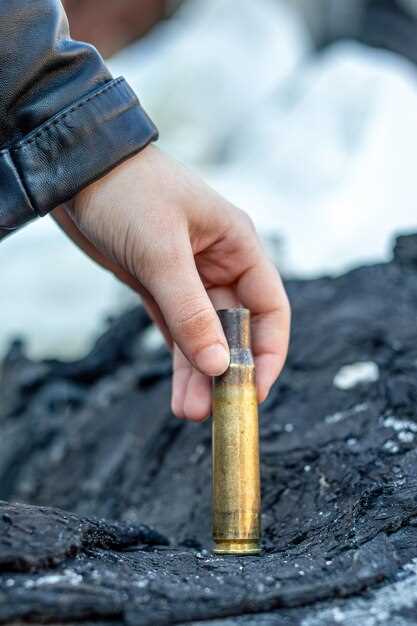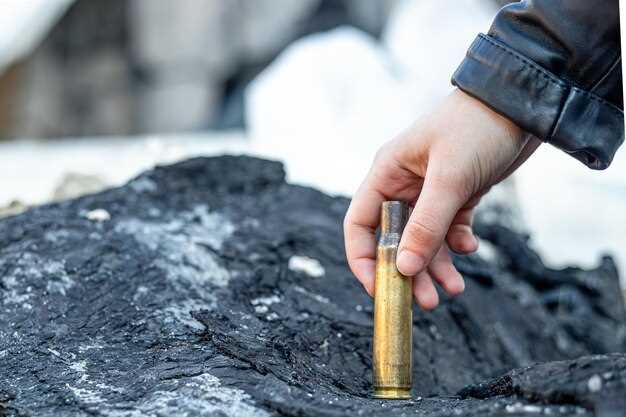
How to choose the right shotgun choke

When it comes to shotgun shooting, one of the most critical components to consider is the choke. A choke is a device that constricts the shotgun’s muzzle, allowing for better control of shot patterns at various distances. The right choke can enhance accuracy, improve knockdown power, and ultimately affect your overall shooting performance.
Understanding the different types of shotgun chokes is essential for tailoring your firearm to your specific shooting needs, whether for hunting, sport shooting, or self-defense. Each choke type offers unique advantages, impacting the spread of the shot as it leaves the barrel. From full and modified to cylinder and improved cylinder, knowing how each choke functions sets the groundwork for making an informed decision.
Moreover, the selection process does not stop at merely choosing a type of choke; it also involves considering factors such as the ammunition used, the intended game, and your shooting style. By delving into the nuances of shotgun chokes, you can greatly enhance your accuracy and effectiveness, turning a good day of shooting into a great one.
Understanding Different Choke Types and Their Applications
When it comes to shotguns, the choke is an essential component that influences the spread of shot as it exits the barrel. Different choke types achieve varying patterns, making them suitable for specific shooting scenarios. Understanding these chokes allows shooters to make informed decisions based on their needs.
The most common choke types include cylinder, improved cylinder, modified, full, and extra-full. A cylinder choke offers no constriction, resulting in the widest spread. This is ideal for shooting at close ranges, such as in home defense or hunting birds that fly low. The improved cylinder choke provides a slight constriction, allowing for a tighter spread than the cylinder choke, making it suitable for slightly longer distances, such as shooting skeet or quail.
The modified choke is more constricted, producing a medium spread. This choke is versatile and often used for various shooting activities, such as upland game hunting or sport shooting at moderate distances. For those aiming for longer distances and tighter patterns, the full choke serves well. It tightly constricts the shot, making it ideal for shooting at ducks or turkeys, where precision is paramount.
Finally, the extra-full choke is designed for specialized shooting, such as turkey hunting or sporting clays, where the need for optimum pattern density is critical. Each choke type impacts the spread of shot differently, and understanding these distinctions allows shooters to choose the right choke for maximizing performance in their specific contexts.
How Choke Size Affects Shot Spread in Various Scenarios

The size of the choke significantly influences the spread of shot pellets, which can determine the effectiveness of the shotgun in different situations. Chokes are categorized by their constriction levels, which regulate the diameter of the shotgun’s muzzle. A tighter choke creates a narrower pattern, concentrating the shot over longer distances, while a more open choke increases the spread, dispersing pellets over a wider area.
In hunting scenarios, such as for waterfowl or upland game birds, the choke size plays a critical role in achieving a successful shot. For instance, a full choke is ideal for long-range shooting, providing a tight shot spread that can reach distances of 40 yards or more. This is particularly effective when targeting fast-moving birds, as it allows for precision. Conversely, an improved cylinder choke offers a broader spread, making it suitable for close-range shots, around 25 yards, where rapid target acquisition is essential.
In competitive shooting, choke selection can vary based on the discipline. In trap shooting, shooters often prefer a tighter choke to enhance accuracy for the long-distance clay targets they encounter. Meanwhile, in skeet shooting, where targets fly at varying angles and distances, a more open choke is utilized to ensure a wider shot spread, allowing for greater margin of error.
In self-defense situations, the choke size is less critical, as encounters typically occur at very close range. Using an open choke can provide a quick and effective shot spread, covering a wider area in case of urgent threats, ensuring that even slight misalignments can result in hits.
Ultimately, understanding how choke size affects shot spread empowers shooters to make informed decisions based on their specific shooting needs. Whether pursuing game or participating in target sports, careful consideration of choke constriction is essential for optimizing performance and improving the likelihood of a successful shot.
Selecting the Ideal Choke for Specific Hunting or Shooting Situations

Choosing the right shotgun choke is crucial for optimizing performance in various hunting or shooting scenarios. Each choke constricts the shot spread differently, impacting accuracy and range. Understanding your shooting environment and target type will help you make an informed decision.
For Upland Bird Hunting: A Modified choke is often the best choice for upland birds like quail and pheasant. This choke allows for a versatile shot spread that balances distance and pattern density, making it effective in diverse environments.
Waterfowl Hunting: When hunting waterfowl, a Full choke can be advantageous for long-range shots. The tighter constriction helps deliver a denser pattern, ensuring that pellets reach the target effectively, even at greater distances.
Trap Shooting: In competitive trap shooting, a Improved Modified choke is commonly recommended. It provides a tight pattern suitable for moving targets that appear at a consistent distance, enhancing accuracy and ensuring a successful hit.
Sporting Clays: For sporting clays, the ideal choke may vary based on target presentation. A combination of Modified and Improved Cylinder chokes can be used, allowing shooters to adapt to various angles and distances as they encounter different clay trajectories.
Home Defense: In home defense situations, a Improved Cylinder choke is frequently preferred. This configuration produces a wider shot spread, increasing the likelihood of hitting an intruder while minimizing the risk of over-penetration beyond the intended target.
Ultimately, selecting the appropriate shotgun choke involves considering factors such as target type, shooting distance, and environmental conditions. By understanding these variables, shooters can enhance their effectiveness and ensure a successful outing.




